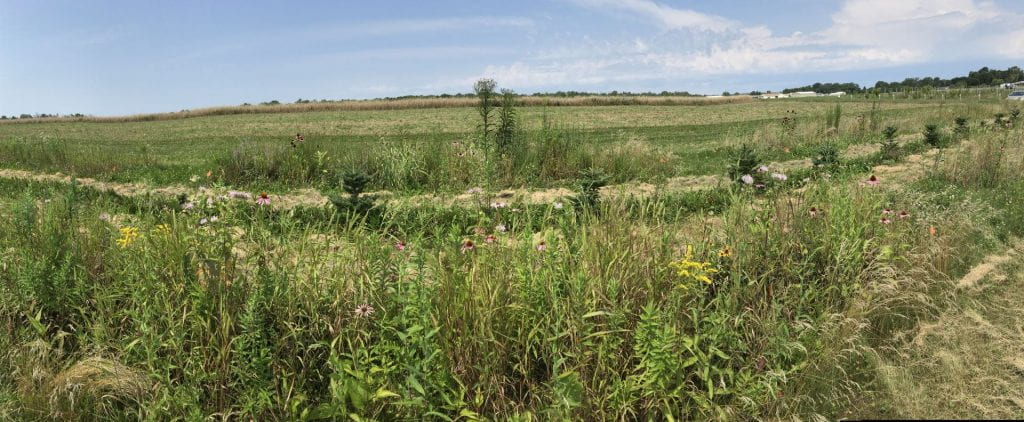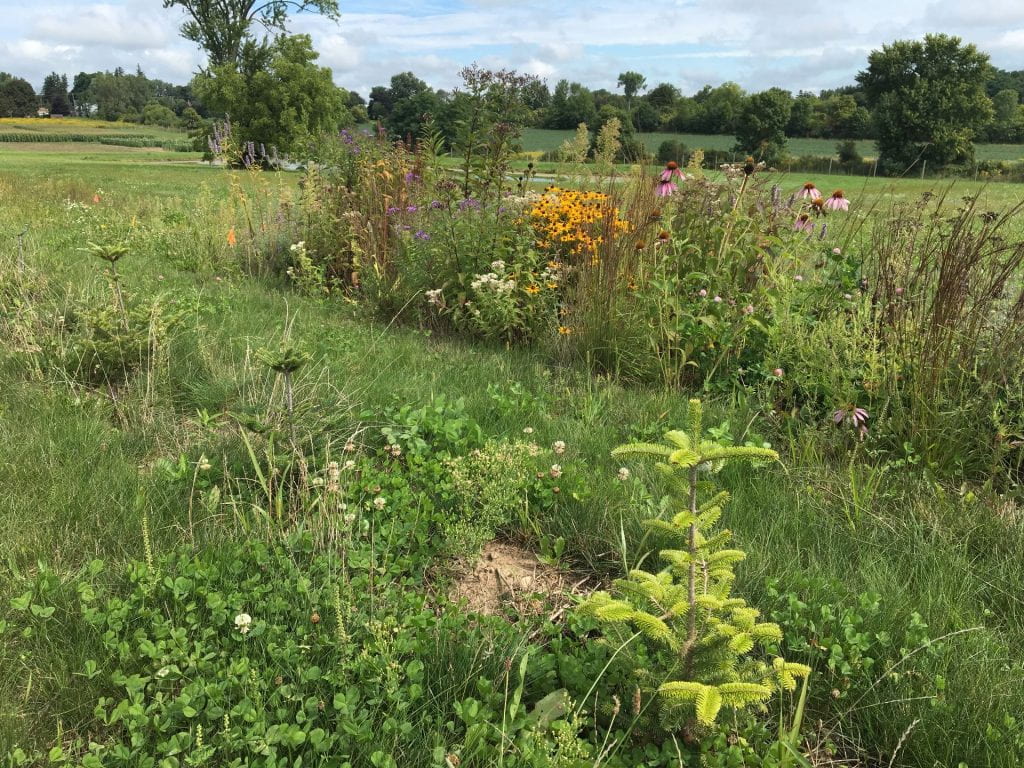From time to time I write a short post to let you know about the availability of new biocontrol resources. For example, a database to learn about insect classical biocontrol agents, spreadsheets summarizing biopesticide efficacy data, or biopesticide profiles. Today I’m excited to share with you the next phase of the Biocontrol section of the New York State Integrated Pest Management Program website (managed by yours truly) – biocontrol agent profiles!
First, a little history
Close to thirty years ago, Dr. Tony Shelton (now Professor Emeritus, Department of Entomology, Cornell University) launched a website called Biological Control: A Guide to Natural Enemies in North America. It included great information about the biology of biocontrol, individual articles about species or groups of biocontrol agents, and much more. As Dr. Shelton approached retirement, he reached out to me and NYSIPM and we agreed to take over managing and updating the site. Since then, I’ve been working on migrating content, updating it as I go.
What we’d done already
I started by moving over some basic content about the biology behind biocontrol. You can read about the differences among classical, conservation, and augmentative biocontrol. And you can learn about the different types of organisms that help control pests (and therefore act as biocontrol agents): predators and parasitoids, weed-feeders, insect-killing nematodes, and biopesticides. I’ve also created many resources to help people use biocontrol. This section of the website includes information about recognizing insect natural enemies of pests, creating habitat that feeds and shelters insect natural enemies and pollinators, spreadsheets summarizing the efficacy of biopesticides against different pests in different crops, and a (slowly) growing collection of biopesticide profiles to help growers use these products more effectively.
So, what’s new? 42 biocontrol agent profiles!

As I planned the migration of the articles about individual biocontrol agents from Dr. Shelton’s website, I knew that I wanted to make it easy for readers to quickly find answers to common questions (Does it work? What pests are targeted?), break up the text into smaller sections, and retain the valuable (and more technical) information that made Dr. Shelton’s website valuable to scientists, too. I am incredibly grateful to all the authors who revised or wrote brand new content that fulfills these goals. The first 42 biocontrol agent profiles are now up on the website! Currently, you can browse them based on either the type of pest they target (insects or weeds, for now), or you can browse by the type of biocontrol agent. We’re still working on ways to expand how you can search for biocontrol agents of interest.

I’m excited about:
- New and more pictures
- Compatibility with mobile devices and more accessible
- Organized to provide straightforward answers to frequently asked questions
- Consistent format so you can look for the same information in the same part of each profile
So, check them out and let me know what you think! There are still many more articles to revise and migrate, and new biocontrol agents to add. If you are someone with expertise in a biocontrol agent and would like to revise or write one of these profiles, please get in touch with me!
This post was written by Amara Dunn-Silver, Biocontrol Specialist with the NYSIPM Program.
This work is supported by NYS Departments of Environmental Conservation and Agriculture and Markets. It was also funded in part by the Northeastern IPM Center through Grant #2018-70006-28882 from the National Institute of Food and Agriculture, Crop Protection and Pest Management, Regional Coordination Program.

![]()


















